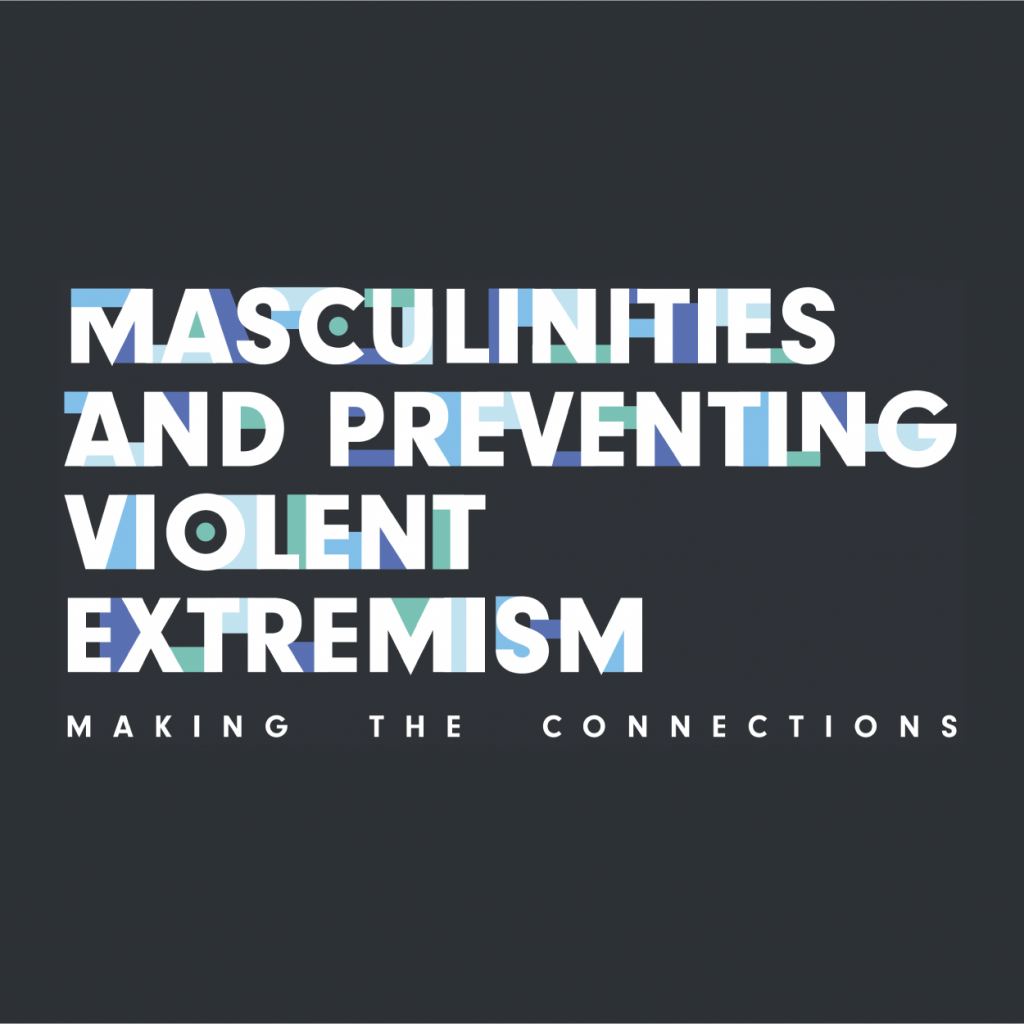Traditional efforts aiming to reduce violent extremism – a form of extremism that condones and perpetrates violence under a particular ideology – provide men and boys with alternatives to joining extremist groups, such as employment opportunities and access to education. Even though men account for the majority of participants in violent extremism, existing approaches often fail to consider the gendered factors that may drive men and boys to support and join such groups. This report attempts to contribute to a narrative shift around violent extremism, to include a more in-depth, gendered understanding of why some men participate.
A new report produced by Equimundo finds that while a gender analysis of violent extremism should seek to understand and include women’s and girls’ experiences, it is crucial to consider that men and boys are gendered, as well, and to examine the ways in which their gendered identities motivate their participation in violent extremist groups.
The report, Masculinities and Preventing Violent Extremism: Making the Connections, which follows others in Equimundo’s “Making the Connections” series, shares findings from a desk review of literature on the field of preventing violent extremism (PVE), and includes programs that seek to prevent violent extremism and assesses how each program does or does not do so by transforming harmful gender norms. By asking what masculinities have to do with violent extremism, the report provides a deeper understanding of the ways in which harmful masculinities, gender inequality, and violence-supportive attitudes and practices, as well as young men’s identity construction and trauma from their own experiences of violence, influence their engagement in violent extremism. The report provides recommendations in order to challenge structures of power and violence that support gender-based violence (GBV) and gender inequality.
Specifically, by presenting an ecological model that takes men’s and boys’ identities at the individual, family, community, and structural levels into account, the paper finds that motivation or vulnerability to join violent extremist groups occurs across various levels:
- At the individual level, men’s harmful attitudes, history of intimate partner violence (IPV), gender socialization, and work-life trajectories sometimes highlight their potential to join violent extremist groups, while religious beliefs are not a factor.
- At the family and community level, men’s childhood experiences, including parental involvement and the intergenerational transmission of violence, as well as their social networks and emotional connectedness as adults, and any family members or peers who are involved in violent extremism can influence their decision to join these groups.
- At the structural level, men’s lack of economic opportunities, and their perception of loss or “failed masculinity” tied to a sense of economic or job entitlement, as well as political grievances, and the militarization of society (i.e., when military or police forces become key societal institutions, highly present, visible, and influential in the community, often to the point of shaping the population’s daily interactions) are sometimes tied to participating in violent extremist groups where they find others who are like-minded.
In recognizing the importance of including a gender perspective, and ensuring that approaches that aim to prevent violent extremism also challenge harmful gender norms and promote equitable and healthy ones, the report explores a number of programs, assessing them on a scale that moves from gender-exploitative to gender-transformative.
While governments must work to expand meaningful education and employment opportunities for all, and eliminate corruption, exploitation, and other causes of political grievance, the report underscores that it is necessary to understand and acknowledge that masculine norms play a key role in driving violent extremism – and, therefore, in preventing it.
The report recommends that researchers, practitioners, and policymakers work toward this by doing the following:
- Recognize that gender norms influence participation in violent extremism, and that challenging harmful gender norms directly is key to preventing it. Avoid research, programming, or policy that is gender-blind – that is, programming that does not consider gender norms, gendered power dynamics, and their effects.
- Understand that violent extremism is one form on a continuum of violence and that masculine norms contribute to multiple forms of violence.
- Be specific in sex and age disaggregation when collecting research data on violent extremism, and create a gender-relational analysis. Currently, the majority of work on violent extremism and its prevention focuses either on the role of youth – a term often used to mean young men only – or on the role of women.
- Draw lines of collaboration between the PVE and the Women, Peace and Security (WPS) agendas, for their mutual benefit, ensuring the equal participation of all voices that promote peace and equality.
- Recognize the importance of involved, non-violent fatherhood for creating positive childhood experiences and supportive family networks – both of which are recognized as protective against the pull of violent extremism.
- Building on the success of psychosocial support models for individuals who have witnessed or experienced violence, provide spaces for youth – particularly young men – to gather and reflect on their own experiences of violence, learn healthy coping mechanisms, and challenge their long-held harmful gender attitudes.
- Move away from military actions against specific groups, which can often act as “trigger points” that combine with other factors to motivate people to join violent extremist groups. Experiences of injustice, discrimination, corruption, and abuse by security forces act as drivers for violent extremist group recruitment.
